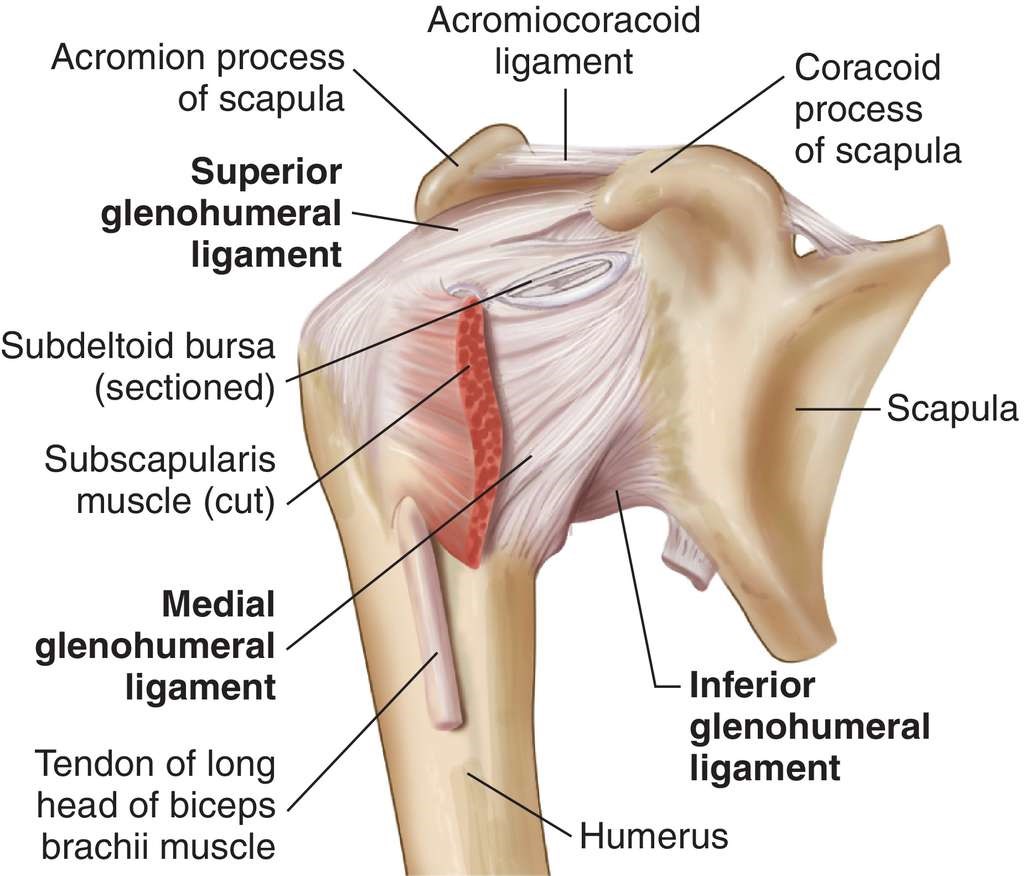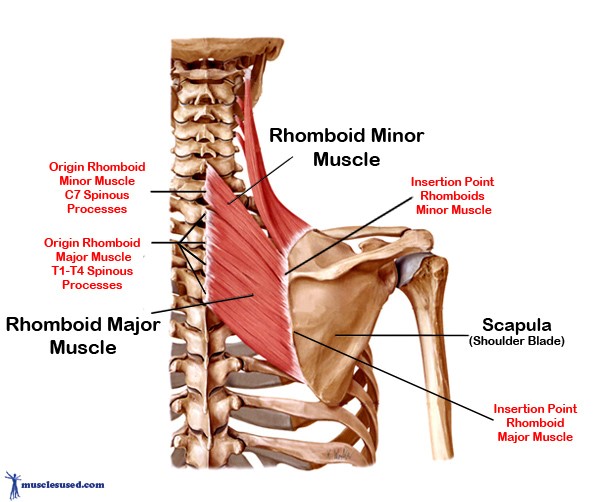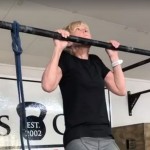Pullups!! – (an answer to Mike Perry ) – by Carol Robbins
Aug 9, 2017
I was very interested to read Mike Perry’s recent Pilates Intel article on pullups. I have to say that I agree – not that you should have to perform a pullup or a deep squat or a certain number of pushups before you are handed your certificate, but that you should have an understanding of why it eludes the regular person and the fit trainer beyond “lack of strength.” If lack of strength was the only thing standing between you and a pullup, your best intentions would be enough to fix it, and we’d all be able to do them in a matter of a few months of dedicated training.
There are far more barriers to doing these feats of human ability – from weak skin to a mass that has increased substantially when compared to the strength required to lift it. What’s even more interesting is that your body parts can change and even disappear due to lack of use. Bones can change shape and develop lessened mineral density. As examples, the acromion can become hooked if the head of the humerus does not interact with it on a regular basis and the squatting facets in the talus and tibia will disappear if the loads to maintain them are not experienced with sufficient frequency.

The ratio of tendon to muscle can affect a muscle’s ability to generate force and creates more stress on tendon. The resting length of a muscle is dependent on frequency of position of the associated joints. The fact that most of us spend our lives with our arms below our shoulders (doing activities like typing or driving), seldom raising our arms over our heads if not paying someone for the privilege, means that it is not due to simple weakness that we can’t raise our arms without spinal extension. We’ve not maintained some body parts and other body parts have adapted to a particular pattern of use (adaptations not always being positive, of course). If you cannot raise your arms due to an actual lack of muscle mass, then the conundrum is that only frequent use of that range of motion will require, and thus develop, that muscle mass and resulting vasculature. The current health of the shoulder is poorer than just a lack of “might.”
In most people, the thoracic spine has collapsed to a point where the rhomboids can’t stabilize optimally using their attachment on the spinous processes and if scapular stability is not possible or optimal, a pullup will not be possible (or sustainable).

The road to a pullup is a long and necessary (but not necessarily complete) one. The ability to do one might always elude you, but in training towards it, you will be increasing bone density in your wrists, remodeling your acromion (thus solving your impingement issues), bringing stronger skin to your hands and strength to your fingers, loading the rotator cuff and chest muscles with your body weight instead of your arm weight, addressing thoracic hyperkyphosis in a real and lasting way, improving breast health, enhancing breathing, and so much more. As an example, heart health is not linked to finger grip strength in the sense that increasing finger grip strength will lead to a healthier heart on its own, but rather the reasons that you possess grip strength is because you engage in activities like hanging, climbing, swinging, brachiating, that support the need for cardiovascular health and good breathing mechanics, or else we could just squeeze a therapy ball all day long and have healthy hearts. In other words, you might even say our very lives depend on training to do a pullup!
It will strengthen some parts, and spare others. It will make us healthier humans overall. Whether you or I can do twenty pullups, one pullup or none at all is not really the basis of whether we are worthy of something, it’s just an indication of the life you’ve lived so far. If you cannot do a pullup, you need to start to restore what you can, because it will go a very long way. Shoulders are pretty much the “canary in the coalmine” in our society. And that’s the reason we should be able to do a pullup or die trying (not literally!).
Pulling up, hanging and brachiating are a birthright! Somebody sign up this baby to teach Pilates pronto!


